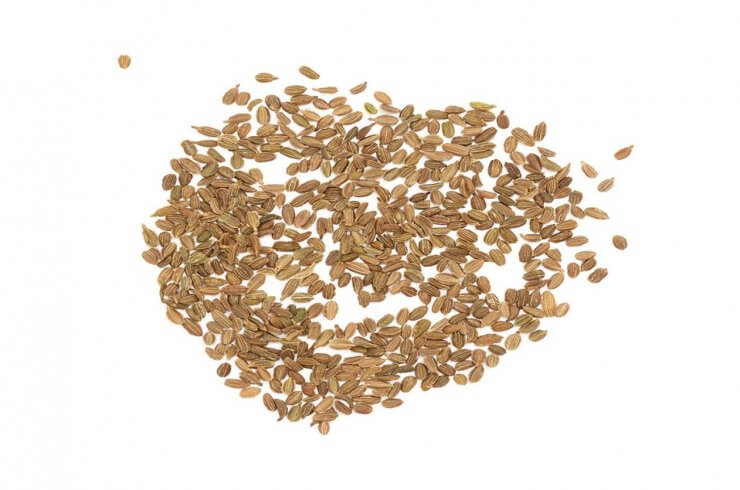
Scattered pile of carrot seeds
Let’s just cut to the chase here: carrots do not like to be bothered. Direct-sow the seeds and save yourself the time, aggravation, and likely disappointment of trying to transplant seedlings. Carrots really don’t like having their roots disturbed.
Seed Planting Process
Plant seeds outdoors as soon as the soil is workable and warmed up to at least 45 degrees F. Carrot seeds take a week or two to germinate, so be patient.
Sowing directly in the garden

Gardener hand sowing carrot seeds in the garden
You’ve probably seen funny pictures of carrots with multiple roots—plants that look like they’ve been running underground. Those splits are usually the result of having soil that is rocky, lumpy, or otherwise not light and fluffy. The roots try to grow down around the obstruction, and you wind up with weird carrots.
Before you sow your carrot seeds, dig down to a depth of about a foot (most carrots don’t grow to that length, but you’re giving the roots lots of clear growing space). If you have heavy soil, you can mix in some vermiculite to lighten things up. If you have really heavy, clay soil, consider planting in raised beds or containers instead.
Sow seeds in a furrow about a half-inch deep, cover loosely with soil, and mist to moisten the soil. Carrot seeds are very small, so be careful not to water them away.
One good strategy for protecting your carrot seeds while they work on germinating is to cover the planted area with a plank of untreated wood. This will hold in the moisture and also protect the tiny seeds from rain (and from chipmunks looking for a quick snack). Just be sure to remove the plank toward the end of your variety’s germination time so the seedlings can start receiving the sun they need to get growing.
Once your carrot plants get to be about 3 inches tall, thin them to about 3 inches apart, or according to the guidelines on your seed packet.
Thinning tip: Carrots are particularly attractive and susceptible to the carrot rust fly. The fly is attracted to the scent of the carrot foliage, where it likes to lay its eggs. The resulting larvae like to munch on the plants. There are a couple things you can do to fend off this pest as your carrot patch is growing:
- 1. Thin your plants at night, using garden snips to minimize the crushing of the fragrant carrot leaves that attract the carrot rust fly.
- 2. Build a barrier around your carrot patch. Carrot rust flies are low flyers, so block their flight path. Put stakes around your carrot patch and wrap fine mesh netting or plastic sheeting about 3 feet high all the way around; remember to make yourself a gate to get in and out.
Have you tried growing carrots from seeds? Have you had any success transplanting seedlings? Please share your experiences with us.


 Previous
Previous

